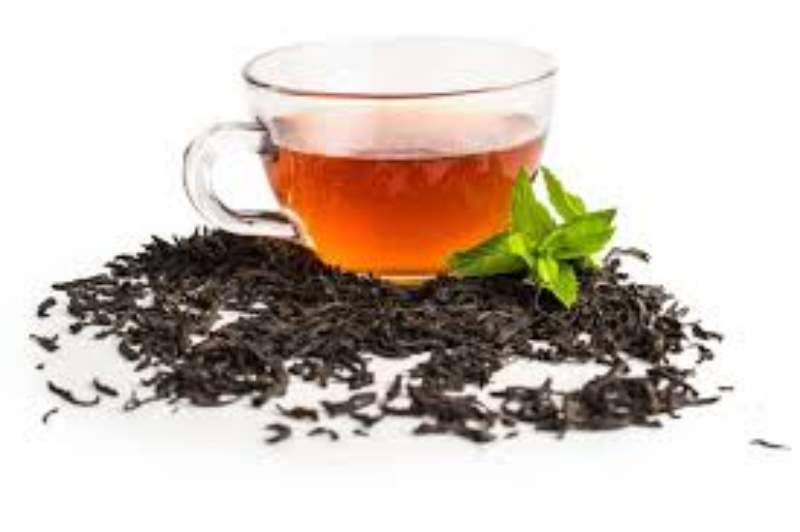Originally tea is caffeinated that is found in tea leaves. Green tea which is also known as Herbal teas doesn’t have any caffeine. Overconsumption of Tea is an alarming sign. More than 3 cups of tea should not be surpassed daily. Some of the serious health effects are;
Tannins reduce iron absorption:
Tannins are the polyphenol compounds that make drinks like tea and wine taste bitter. They bind with non-heme iron. Tannic acid and tea consumption can impair iron bioavailability. Worst case scenario, make sure you’re eating enough iron-rich foods on a regular basis.
Exposition to toxins:
Tea leaves can contain or absorb various toxic compounds from the soil or through harvesting methods. The experiment included 30 types of tea. Which included black, green, white, and oolong varieties. The conclusion was that all of them contained lead.
As the researchers increased steeping time, levels of lead increased. All brewed teas contained trace levels of lead. 73% of teas brewed for 3 minutes and 83% brewed for 15 minutes. That contained levels considered unsafe for pregnancy and lactation. Aluminum levels were above recommended guidelines in 20% of brewed teas.
Cause liver damage:
Teabags versus tea leave experimented. Higher-priced and quality tea bags contain higher fluoride. Brewing the tea for two minutes resulted in teas in the range of 3.6 to 7.96 milligrams per liter of fluoride. This could exceed the dietary reference intake (DRI) of 4 milligrams per day of fluoride. Overconsumption of fluoride can damage teeth, bones, and joints.
Feeling anxious, trouble sleeping, or headaches:
Tea contains about 20 and 60 milligrams of caffeine per cup. The high amount of caffeine has linked to sleep disruption, headaches, and anxiety. Caffeine should not be in excess i.e 100 and 200 milligrams per day.
Higher levels of heavy metals may found in Lemon teas:
White, green, black teas with added citric acid may have higher levels of aluminum, cadmium, and lead. Lemon teas contain levels 10 to 70 times higher. It increases phenolic compounds and beneficial tract element concentrations. It does come at the cost of increased availability of toxic metals.
I am a freelance writer studied Biochemistry at the University of Agriculture Peshawar in the faculty of Nutrition sciences.







